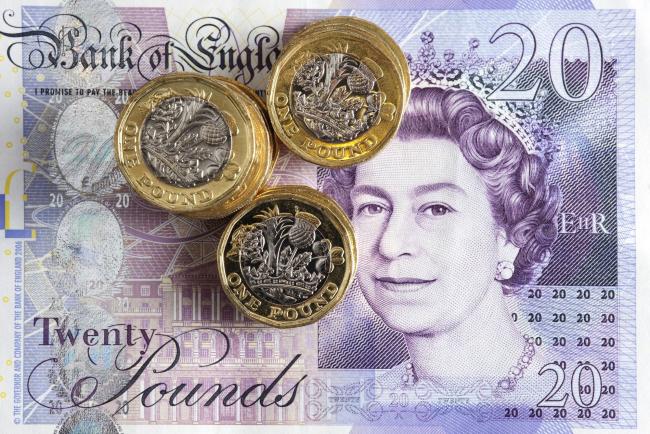(Bloomberg) -- The pound is buckling under concerns about Brexit, and the Bank of England may add further pressure to the currency when it meets this week.
The cost of insuring against undue volatility in sterling over a three-month period has climbed to the highest among the Group-of-10 exchange rates as the U.K. steps up preparations for a no-deal Brexit. The central bank is expected to signal that it is unlikely to raise interest rates in coming months, removing any support for the currency.
Money markets are, in fact, pricing a more than 60% chance of a 25-basis point rate cut by December on concern the U.K. may exit the European Union without a divorce deal. That compares with just 20% in June, shortly after the central bank bucked global trends and cited the need to raise rates in coming years.
“With Boris Johnson now installed as PM, the Brexit saga is set to recommence,” strategists at JPMorgan (NYSE:JPM), including Meera Chandan, wrote in a client note. “The BOE’s shift toward a neutral bias -- all but giving up hopes for continued normalization -- will do little to support” the currency.
JPMorgan sees policy makers lowering their growth outlook while moving further away from raising rates when they announce their decision and release their quarterly inflation report on Thursday.
The pound fell as much as 1.4% to $1.2212 Monday, its weakest level since March 2017. Three-month risk reversals for the pair slipped to 177 basis points in favor of selling sterling, the most bearish since April.
Gilts, meanwhile, are headed for a third monthly rally and strategists foresee the gains extending. The yield on 10-year government bonds has fallen 18 basis points to 0.66% this month, and could fall below 0.50% in the event of a no-deal Brexit, according to Petr Krpata, the chief EMEA currency and rates strategist at ING Bank NV.
“The more Brexit uncertainty there is, and more it spills over negatively in the growth outlook, the more downward pressure on U.K. yields there will be,” Krpata said. “If early election weighs on sterling, as we expect, then U.K. rates and yields will go lower due to the mix of flight to safety and the Brexit uncertainty.”
